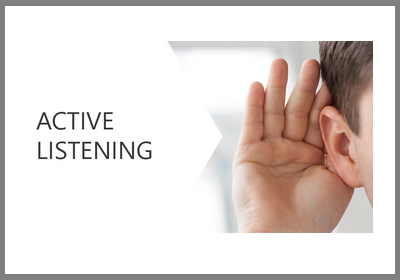
The next one interprets the cue as well as encourages to explain about it such as tell about the meeting.The one individual received instructions to make the sim[ple statement such as he was late for a meeting today.For this, get your participants paired up together.Interpretation Of Cues To Investigating The Real Problem And it’s a communication skill and the main point of this is to remove the errors from the expertise and discussion in the group. The switch template shows Jade nodding while clarifying the statement of Mary and asking related questions. Mary is looking at the phone and Jude whereas it feels like unheard.

Mary informs Jude about the constant delays of invoicing clients in the billing department. It indicated that they are good listeners, including nodding, facial expression, etc. Have the participants switch roles and display active listening skills.The first participant display can be the nonverbal cues which include looking at the phone, no eye contact, etc.Here one person who is instructed for venting can be related to common problems in their workplace.The first is to have the paired-up participants.Self-awareness exercises can help you in understanding about discover more about listening and knowing more about active listening. Here are some of the active listening exercises that can help, along with examples.
#ACTIVE LISTENING SCENARIOS FULL#
List Of Active Listening Exercises Along With ExamplesĪctive listening skills are important regardless of whether it’s for the workplace or personal life both.Ĭommunicating effectively with leaders, employees, and clients, it requires your full attention to interact and engage well. Asking the details which are not important.Only hearing the remaining which are superficial.So here the active purpose needs to earn the trust and help in understanding the situations.Īctive listening also helps in compromising a desire which needs to be comprehended as well as offering support and empathy to the person who is speaking.Īctive listening also is not effective engaging without unhelpful listening habits which include: Feedbacks that can be verbal and nonverbal include signs such as eye contact, mirroring, smiling, and leaning in.Īpart from that, it includes the purpose too.There are some of the features that active listening includes are: You listen using all of your senses and give attention to the person who is talking about.

When you practice in active listening, you need to put attention on concentration on what they are saying. In order to learn active listening, you need to be more than just hearing someone talking. What Are The Features And Purpose Of Active Listening?



 0 kommentar(er)
0 kommentar(er)
